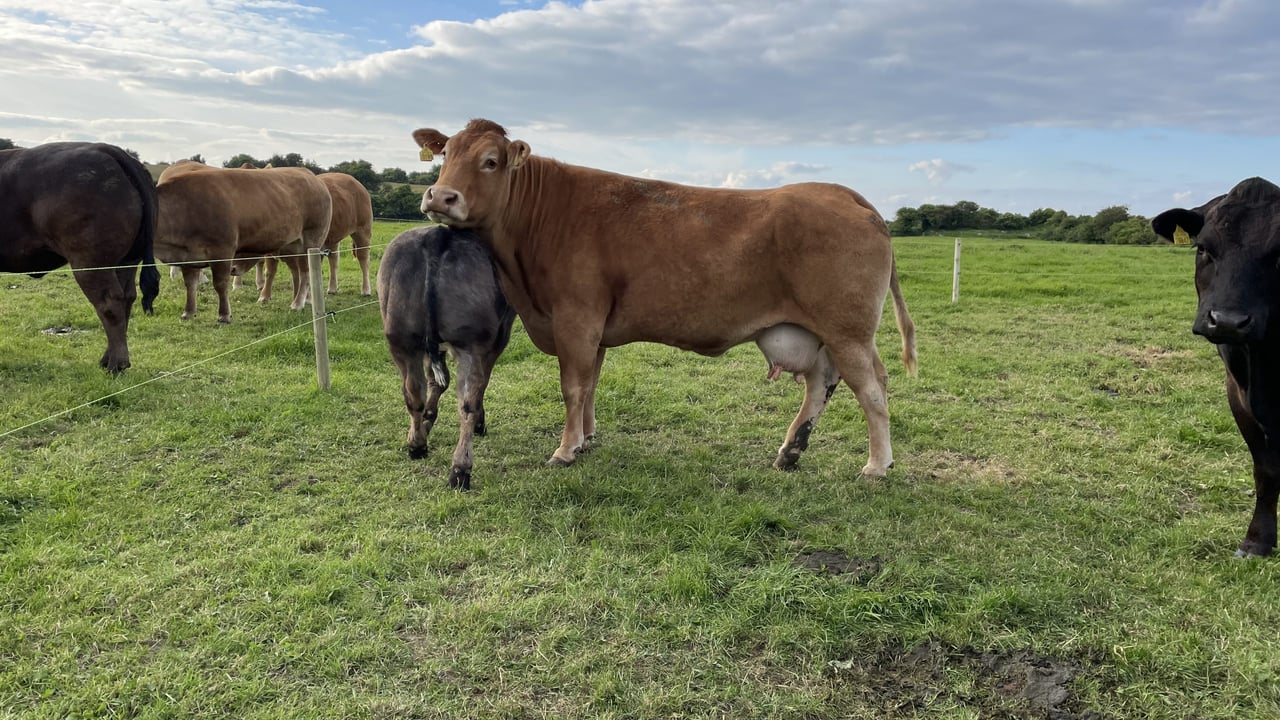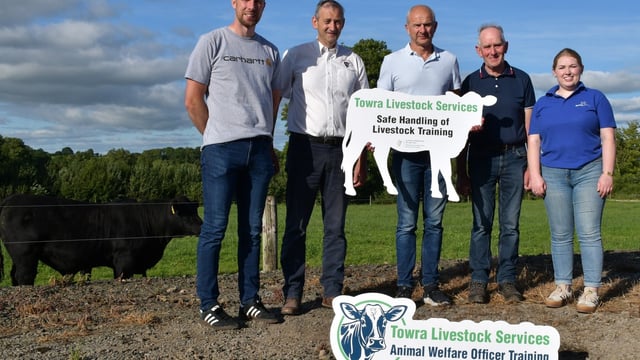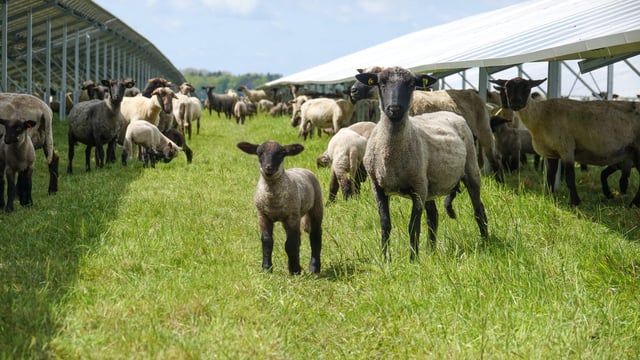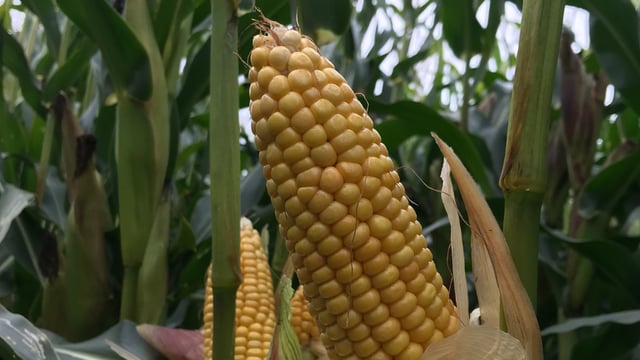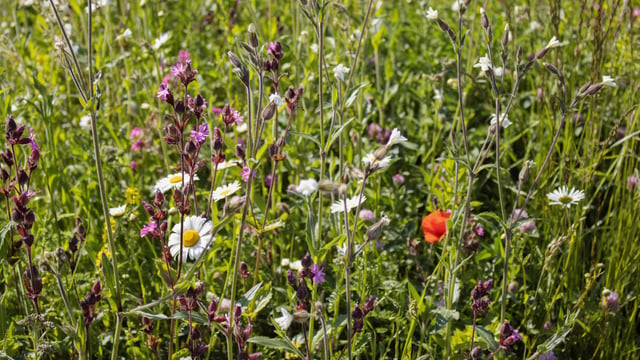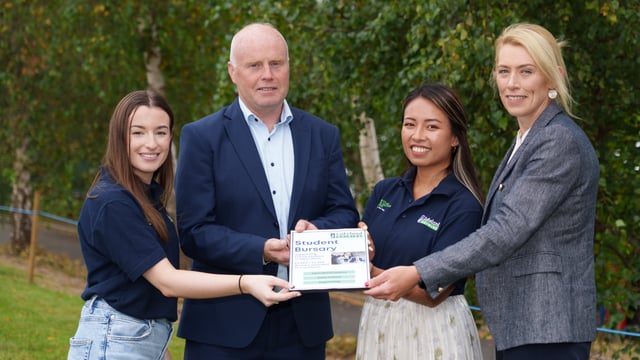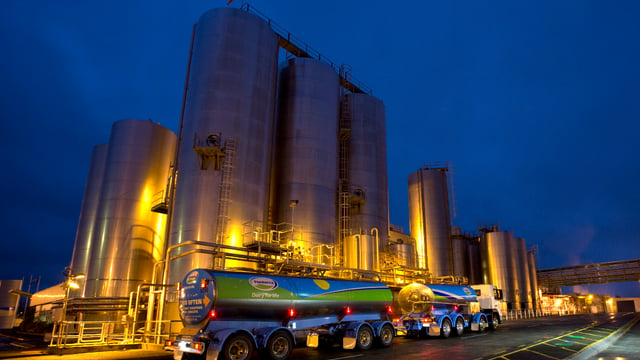Table: Guide plan for suckler farmers weaning calves
The time of the year for suckler farmers to wean spring-born calves is fast approaching and, like all jobs, good planning will reduce stress on both the farmer and the livestock.
First and foremost is vaccination of weanlings. This should take place well in advance of any stressful events for calves, so vaccinating before weaning is recommended.
Farmers should contact their local veterinary practitioner for assistance in identifying what to vaccinate for and when is the best time to do so.
Where castration of male calves will be taking place, the Teagasc advice is to complete this task at least four weeks prior to weaning.
Alternatively, castration can be carried out two weeks post-housing, when calves have adjusted to the shed and stress is reduced.
The legal regulations for castration of male cattle in Ireland and method restrictions are:
- Under 8-days-old: Castration can be performed without anaesthesia using a rubber ring, which cuts off blood flow to the scrotum;
- Older than 8 days: Rubber band castration must be performed with local anaesthesia (e.g., lignocaine, which is a veterinary surgeon-only medicine) and administered by a veterinary practitioner.
- Under 6-months-old: Non-surgical castration using a Burdizzo device is allowed without anaesthesia;
- Over 6-months-old: Castration must be performed by a veterinary practitioner using local anaesthesia (e.g., lignocaine), a VSO (veterinary surgeon-only) medicine.
Calves should be introduced to creep feed at least four weeks before weaning. This helps to ease the transition off the cow and onto a fully forage and concentrate-based diet.
Where cows and calves are used to yards or handling facilities and human interaction before weaning, this will also help reduce stress levels at weaning.
Before weaning, ensuring internal parasite burdens are low in cows and calves is also advisable, to help reduce immune-system stress in weanlings in particular.
The table below provides a guide weaning plan for suckler farmers:
| Day | Action | Notes |
|---|---|---|
| Day 1 | Start clostridial vaccination | Begin with two-shot primary course if not done as a calf |
| Day 15 | Pneumonia vaccination (1st dose) | Two-shot (Mannheimia) |
| Day 15 | IBR vaccination | If one-shot pneumonia, give IBR now. If two-shot, follow accordingly |
| Day 16 | Introduce creep feed | Build up to 1kg/head/day gradually pre-weaning |
| Day 30 | Castration of male calves + clostridial | Follow legal rules. Administer clostridial vaccination |
| Day 46 | Pneumonia vaccination (2nd dose) | Two-shot pneumonia: 2nd dose |
| Wean two weeks later |
At the time of weaning, a gradual process helps reduce stress and it is advisable to remove the cows rather than move the calves to a new location.
The Teagasc guide is to take 25% of the cows on day one and a further 25% every 3-4 days until all calves are weaned.
Weaning is one of the key livestock management tasks in the suckler farming calendar along with calving and breeding.
When these three animal husbandry tasks are executed effectively, it forms the cornerstone of a successful suckler operation.

